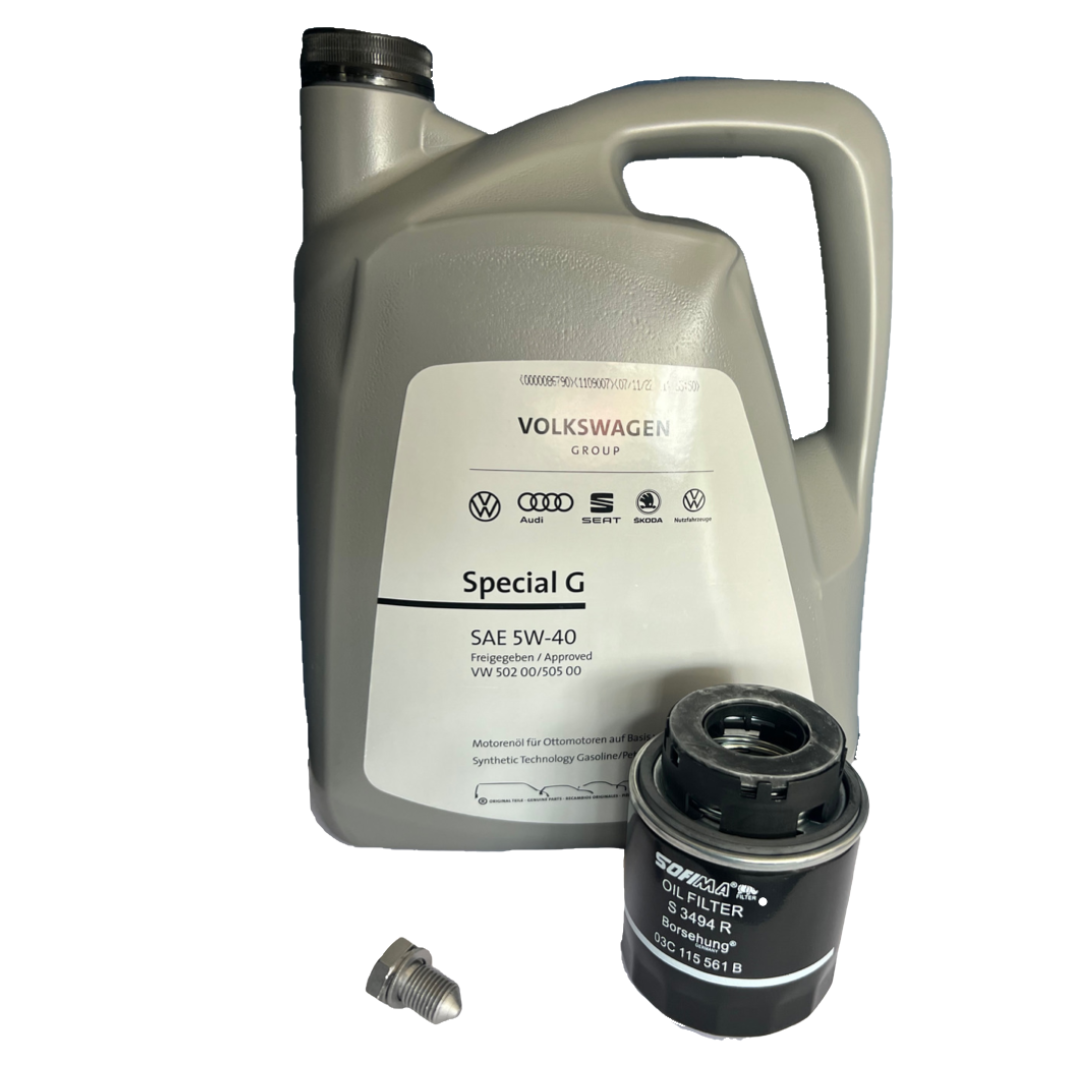Choose a durable clp engine for better efficiency.
Choose a durable clp engine for better efficiency.
Blog Article
Exactly How a Clp Engine Can Improve Effectiveness in Various Industries
The arrival of CLP engines marks a substantial shift in functional efficiency throughout different sectors, driven by their capability to maximize fuel intake and reduce downtime. Industries such as production and logistics stand to gain substantially from their robust style and regular power outcome, which assure to streamline operations and boost efficiency. As companies increasingly prioritize sustainability along with efficiency, the function of CLP engines comes to be even a lot more critical. What stays to be seen is just how these developments will certainly form the future landscape of industrial procedures and their effect on wider financial trends (clp engine).
Review of CLP Engines
CLP engines, or Constant Fluid Propellant engines, represent a considerable development in propulsion innovation, particularly for space applications. These engines make use of a continuous feed system that permits for the continual expulsion of propellant, resulting in enhanced efficiency and efficiency contrasted to conventional solid or hybrid propulsion systems. By keeping a continuous flow of fluid propellant, CLP engines can achieve more precise drive control, which is critical for navigating spacecraft in various goal situations.
The design of CLP engines incorporates advanced products and ingenious fuel management systems. clp engine. This results in reduced weight and raised dependability, essential variables for long-duration space missions. Moreover, the continuous procedure minimizes the danger of combustion instability, a typical obstacle in traditional rocket engines.

Benefits in Manufacturing
The manufacturing of Continual Fluid Propellant (CLP) engines provides a number of notable advantages that boost both performance and cost-effectiveness. Among the main benefits is the structured manufacturing process, which decreases the complexity related to standard propulsion systems. By using liquid propellant, manufacturers can attain higher precision in engine performance, bring about enhanced energy result and minimized waste.
Furthermore, CLP engines facilitate a greater degree of modularity, permitting less complicated assimilation into numerous production lines. This flexibility can dramatically reduce lead times and boost general functional versatility. Using CLP modern technology likewise tends to lessen the requirement for extensive upkeep as a result of less relocating components, which translates into lowered downtime and operational costs.

Applications in Logistics
Leveraging Continual Liquid Propellant (CLP) engines in logistics supplies considerable benefits in operational efficiency and integrity. These engines give a durable remedy for various transportation requirements, enabling the smooth movement of items throughout vast distances. The integral style of CLP engines permits consistent power result, which converts right into smoother and a lot more foreseeable transport routines.
Among the vital applications of CLP engines in logistics is in heavy-duty freight transportation, where they can drive both ground and airborne automobiles. Their capacity to preserve high performance under differing load problems makes certain that shipment timelines are met, consequently boosting customer satisfaction. In addition, CLP engines can be incorporated right into automated logistics systems, promoting real-time tracking and maximizing path planning.
Additionally, the durability of CLP engines reduces upkeep downtime, enabling logistics firms to maximize their functional abilities. This is specifically useful in warehousing procedures, where effectiveness in dealing with and transferring items is important. As logistics continues to advance, the integration of CLP his explanation engines represents a forward-thinking approach that not only improves efficiency but likewise sustains the sector's expanding needs for reliability and speed.
Effect On Energy Efficiency
How do Continuous Liquid Propellant (CLP) engines enhance power efficiency in transport? CLP engines make use of a constant circulation of liquid fuel, enhancing burning processes and maintaining a secure thrust result. This layout decreases power losses related to conventional combustion engines, where fuel shipment can vary and bring about inadequacies.
The continual operation of CLP engines enables a much more reliable thermal cycle, leading to greater particular impulse contrasted to traditional engines. clp engine. This converts to lowered fuel usage for the exact same amount of job done, significantly reducing functional costs throughout numerous transportation sectors, including aviation and maritime industries
In addition, the capacity of CLP engines to preserve optimum performance under varying load problems lowers the need for regular acceleration and slowdown, further boosting gas efficiency. Boosted power efficiency not just adds to set you back savings yet additionally causes reduce greenhouse gas discharges, aligning with worldwide sustainability objectives.
Future Trends and Innovations
Emerging developments in our website Continuous Liquid Propellant (CLP) engine technology pledge to reinvent the landscape of transport efficiency and sustainability. As markets pivot towards greener options, CLP engines stand at the leading edge, incorporating cutting-edge products and layout approaches that enhance efficiency while lessening ecological impact.
Among the most encouraging fads is the fostering of hybrid systems that combine CLP engines with eco-friendly energy sources. This synergy can enhance gas usage and decrease exhausts, aligning with global sustainability goals. In addition, developments in computational fluid characteristics (CFD) are facilitating the design of more aerodynamically efficient engines, causing minimized drag and improved fuel performance.
Additionally, the advancement of smart tracking systems is readied to improve operational performances. These systems leverage information analytics and IoT modern technology to enhance click to find out more engine performance in real-time, making certain that the engines run within their most efficient specifications.
As study continues to discover alternative propellant solutions-- such as biofuels and artificial gas-- the future of CLP engines looks promising. By using these technologies, markets can not only boost their efficiency but also add considerably to a cleaner, a lot more lasting future in transportation.
Final Thought
In conclusion, CLP engines represent a significant innovation in efficiency across several sectors. Their capability to enhance gas consumption and reduce functional costs, incorporated with a continuous feed system, boosts power outcome and operational integrity. The integration of sophisticated products and fewer relocating components decreases maintenance needs, while placement with sustainability objectives placements CLP engines as a crucial modern technology for the future. Proceeded technology in this field promises more renovations in efficiency and ecological efficiency.
Report this page